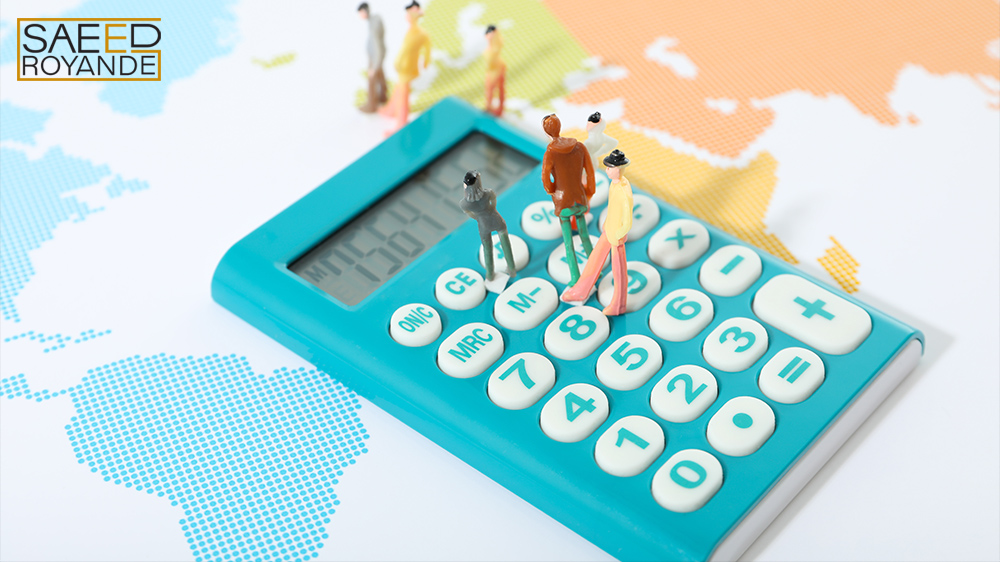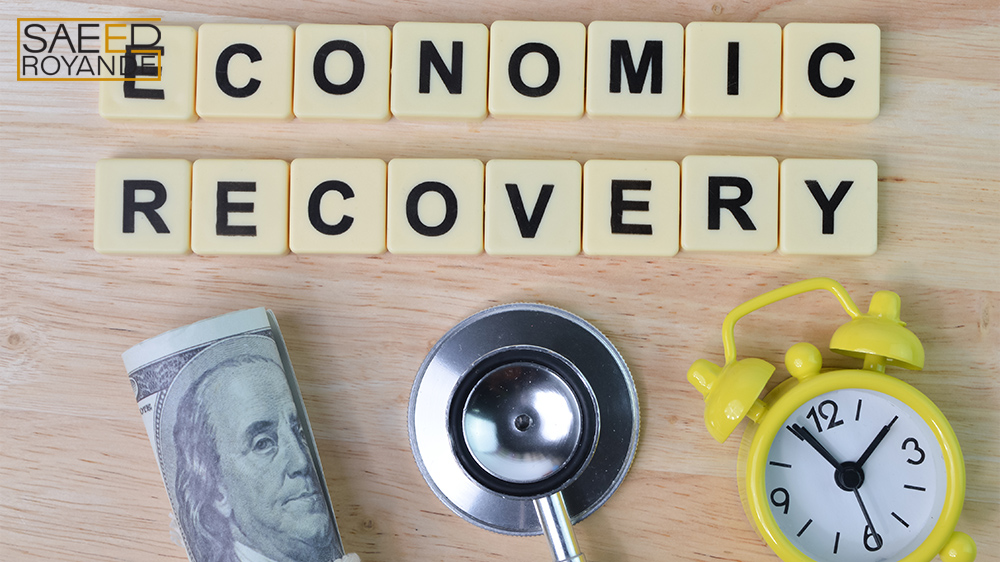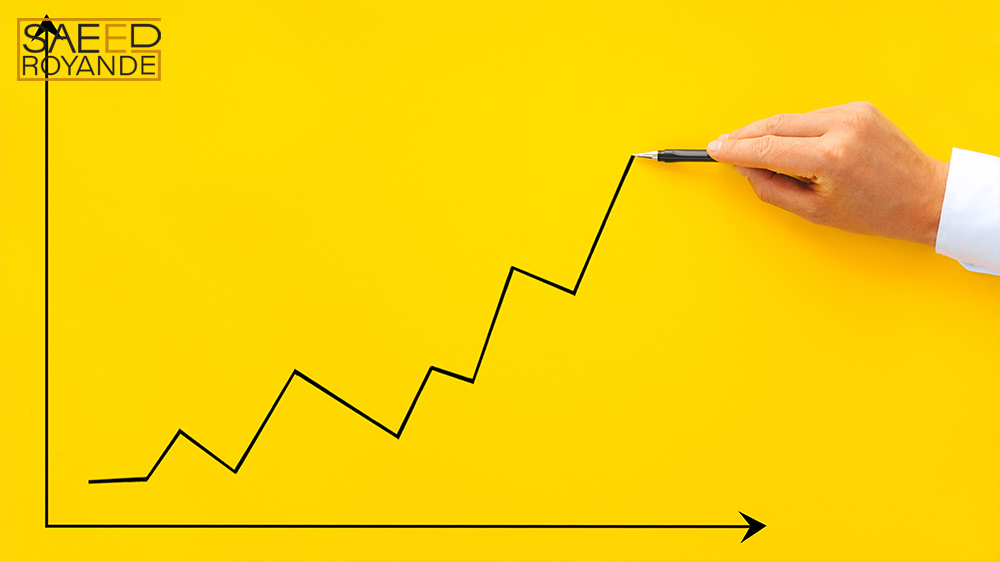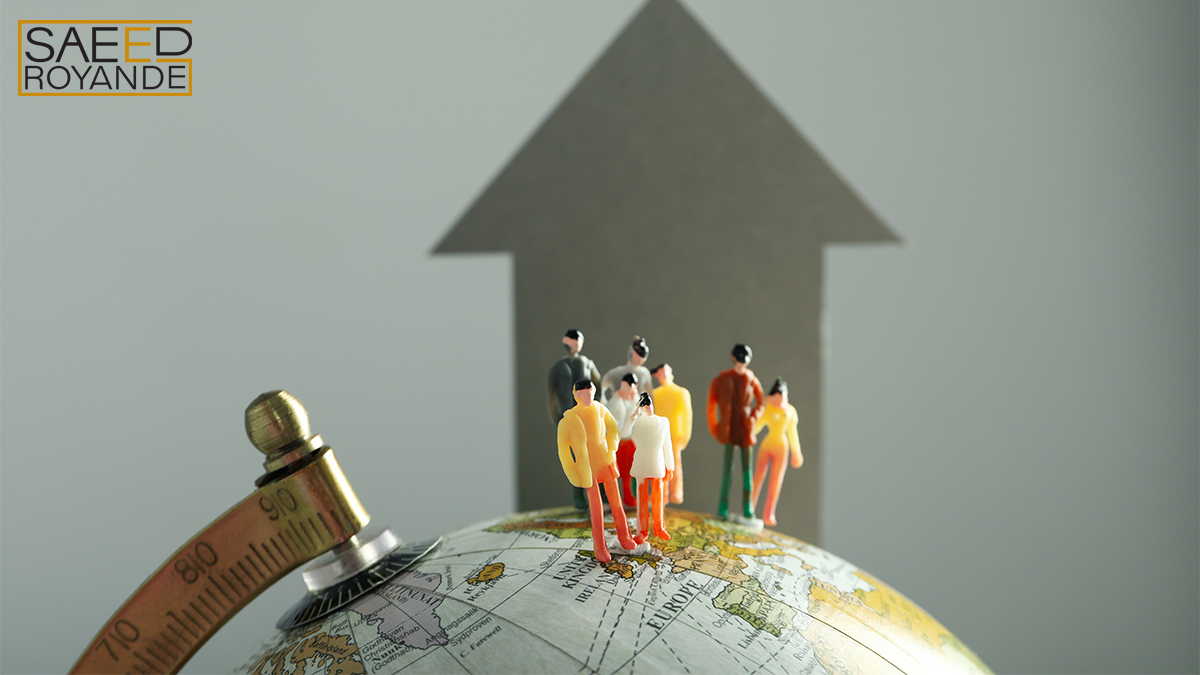Population growth is a major threat to ecosystem health and human prosperity. Concerns have been voiced regarding the future of the planet’s natural resources as well as the climate’s response to human consumption and emissions, and the effects of current demographic trends on the economy and society. The increase in population on a per capita basis necessary to eradicate poverty, end hunger and malnutrition, and ensure universal access to health care, education, and other essential services becomes more difficult for low- and lower-middle-income countries to afford as their populations grow rapidly. Let’s explore these in detail.
Population Growth and Economic Development
The interplay between rising populations and flourishing economies affects the well-being of humans and the earth in many ways. Food, water, energy, healthcare, education, and infrastructure are some of the domains where more people create more demand and supply. This also affects the distribution of money and power. However, more wealth may also have negative effects on people’s quality of life, ecosystem health, and the chances of achieving social and environmental sustainability. It is not clear whether there is a cause-and-effect link between rising populations and flourishing economies. Those who support a larger population argue that more people mean more consumers, more spending, and more innovation. Growth critics argue that more people strain limited resources, increase pollution and greenhouse gas emissions, and worsen poverty and inequality. The impact of population growth on economic growth depends on the speed and pattern of population change, the availability and use of technology, the quality and quantity of human capital, the institutional and regulatory framework, and the environment.

Population Growth and Economic Development
Population Growth and Social Development
Human well-being and the natural world are intertwined with population expansion and social progress. The rate and pattern of population change, educational attainment, gender equality, technological advancement, and the institutional and policy framework all play a role in determining whether or not a growing population will have a positive or negative impact on social progress.
A growing population has several beneficial benefits for society:
- Population increases often lead to an increase in the available workforce, the size of the available market, and the opportunity for innovations, all of which contribute to societal and economic development.
- Population increases often trigger territorial expansion, war, and cultural mixing, all of which promote societal change and diversity.
- Demand for public services like healthcare, education, and infrastructure may rise in response to a growing population, which may present chances for social investment and advancement.

Concept of World Population Main World Problems
The following are some of how a growing population slows down progress in certain areas:
- Human health and well-being may be at risk as a result of population growth’s effects on the earth’s natural resources, pollution and greenhouse gas emissions, and environmental degradation and climate change.
- In low- and lower-middle-income nations, when the population is expanding at a higher rate than the economy, population expansion is a major contributor to poverty, hunger, and malnutrition.
- Population increases have been linked to changes in the allocation of income, money, and power, which can exacerbate existing social inequities and spark new conflicts.
Individuals’ decisions about their reproductive habits can shape the way a growing population affects societal progress. The freedom, health, education, and economic possibilities of individuals, especially women and girls, can be enhanced by providing them with information and resources that allow them to decide whether and when to have children. In countries where fertility rates are particularly high, this can be a useful strategy for bringing them down.

Square Letters With Text Economic Recovery
Population Growth and Environmental Change
Human population growth and the rate at which it uses resources both have an impact on the natural and social settings. Births, deaths, migration, and age distribution all influence the rate and amount of global population expansion. Environmental change has an impact on many natural systems, including the climate, biosphere, hydrosphere, and geosphere. The effects of increasing population on the natural environment can be both positive and negative. An increasing population may increase demand for and consumption of natural resources such as land, water, energy, and food. This has the potential to result in deforestation, soil erosion, water pollution, biodiversity loss, and greenhouse gas emissions. Environmental change may have an impact on population growth because of its impact on the availability and quality of natural resources such as food, water, health, and means of subsistence. People’s well-being, mobility, and mortality may suffer as a result.
Challenges and Possibilities Offered by Population Growth
Tackling the challenges and possibilities offered by population growth and environmental change is necessary to achieve the Sustainable Development Goals (SDGs) of the 2030 Agenda for Sustainable Development. Important steps include:
- Making sure everyone has access to sexual and reproductive health care so they can make educated decisions about their own fertility and family size is a top priority.
- Human capital may be improved, poverty and inequality mitigated, and the birthrate lowered by ensuring that all people, but notably women and girls, have access to quality education.
- Life expectancy, mortality rates, and overall quality of life can all be increased by investing in universal health care, with a particular focus on children and the elderly.
- Promoting economic growth that is both environmentally responsible and socially just can help end poverty, feed the hungry, and inspire new inventions and methods of production.
- Protection of natural resources, preservation of biodiversity, reduction of climate change’s effects, and adaptation to these phenomena are all possible with improved environmental governance and management at all levels.

Wallet With Crescent Arrow Concept of Inflation
Population Growth and Political Change
Both rising populations and shifting political dynamics have implications for social and ecological sustainability. The factors of fertility, death, migration, and age structure all play a role in how quickly and how greatly the world’s population grows. The term “political change” is used to describe any shift in the structures and norms that determine how individuals and groups operate within and between states. There is a complicated and dynamic relationship between population expansion and political change that can have both positive and negative outcomes. As a result of the social and economic pressures it generates, population expansion can be a factor in political change. The need for international collaboration and regional integration, for instance, can be exacerbated by rising populations, as can the desire for democracy, human rights, and social fairness. However, population increase can impede political change by fueling the emergence of new challenges to governance, security, and prosperity. Competition for finite resources like land, water, and energy are just a few examples of how population increase can inflame social tensions. Poverty, starvation, malnutrition, health, education, gender equality, economic growth, and decent work are only some of the facets of social and economic development that are examined in the report, along with their links to population growth.
Examples of Entrepreneurs Taking Advantage of Population Growth
Growing populations present problems and possibilities for entrepreneurs looking to launch new ventures or expand existing ones. Here are several businesspeople who have benefited from rising populations in various ways:
- Pfizer, BioNTech, and Moderna: These biotechnology firms have created mRNA-based vaccinations against the deadly virus COVID-19, which has killed millions of people throughout the world. All of these companies’ founders are foreign-born individuals who have applied their scientific training and inventive drive to the problem of a worldwide health crisis.
- PharmEasy: This Indian firm offers remote doctor visits and medication refills via the Internet. Due to the high demand for remote and convenient healthcare services among India’s big and diversified population5, the company was able to flip its business model during the COVID-19 epidemic.
- com: This is an e-commerce site specializing in baby necessities. Two enterprising individuals spotted a need in the market and created the company to assist harried parents in their pursuit of cost and convenience in the diaper-buying process. The company capitalized on the rising number of young families in the United States to become a major provider of baby goods on the Internet.
- Airbnb: this is a website that helps arrange stays in private houses between visitors and locals. The company was formed by three businesspeople who, like many visitors to San Francisco, struggled to locate suitable lodging at a reasonable price. The organization recognized a growing market of both guests and hosts and developed an innovative approach to vacationing.

Growth Business Performance Chart Success
Population Growth Impact on Living Standards
A population’s living standard is its level of prosperity, ease, material things, and basic requirements. Depending on the setting and the available resources, population increase can have several different effects on the quality of life there. Possible consequences of increased population on standard of living include the following.
- Increased demand for goods and services can boost the economy, leading to more job opportunities and higher wages as the population grows. People who gain from this increase in output and consumption may see an increase in their standard of living.
- The need for land, water, energy, and biodiversity can all rise in tandem with a growing population. People whose livelihoods are dependent on these resources may see their standard of living lowered as a result of environmental deterioration, pollution, climate change, and resource depletion.
- Education, healthcare, infrastructure, and social security are just a few of the areas where a growing population can harm service levels. By bolstering human capital, health, mobility, and social safety, these services are crucial to raising people’s standard of living.
- Age distribution, gender ratio, fertility rate, mortality rate, migration rate, and urbanization rate are only a few of the demographic characteristics that population expansion can affect.


